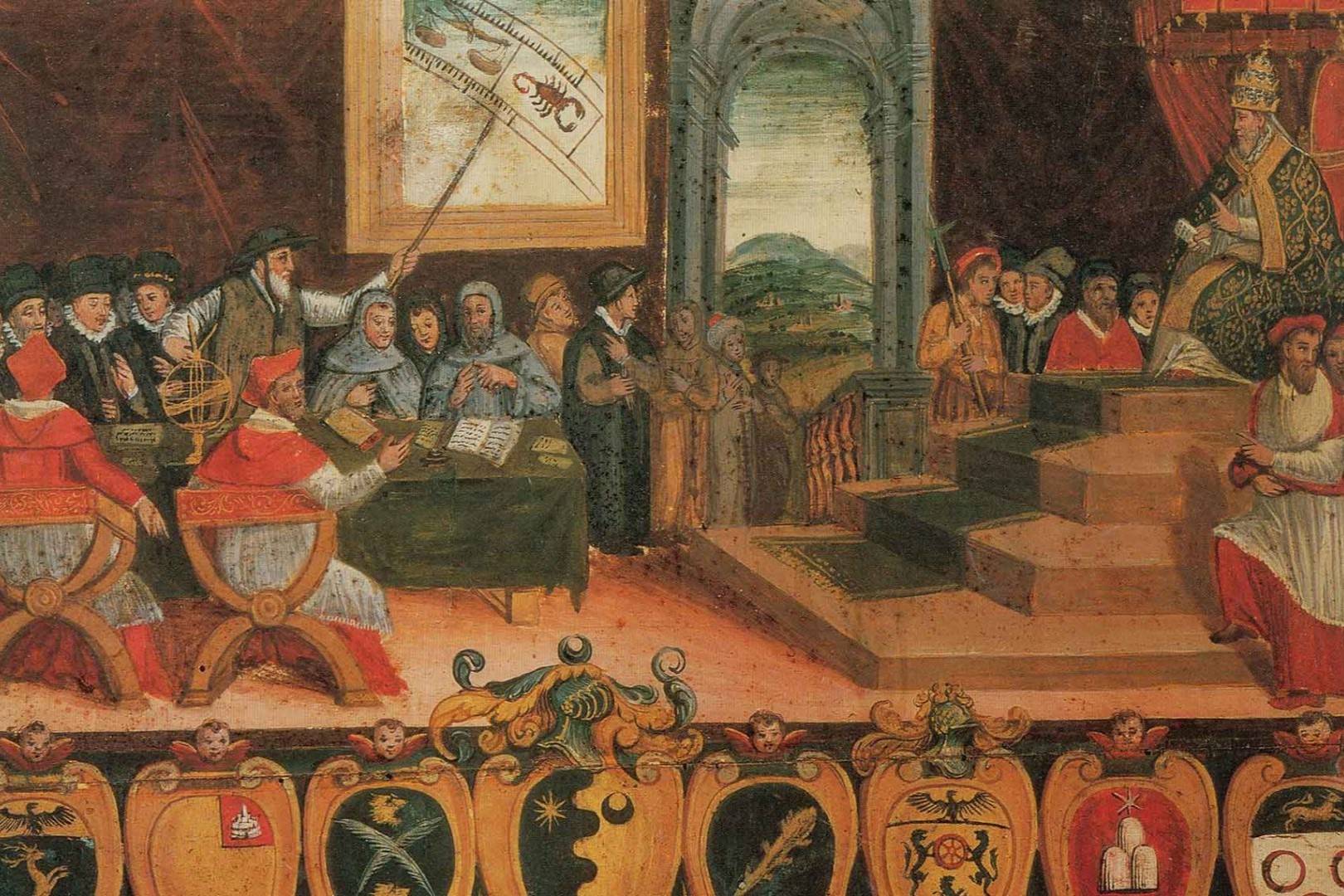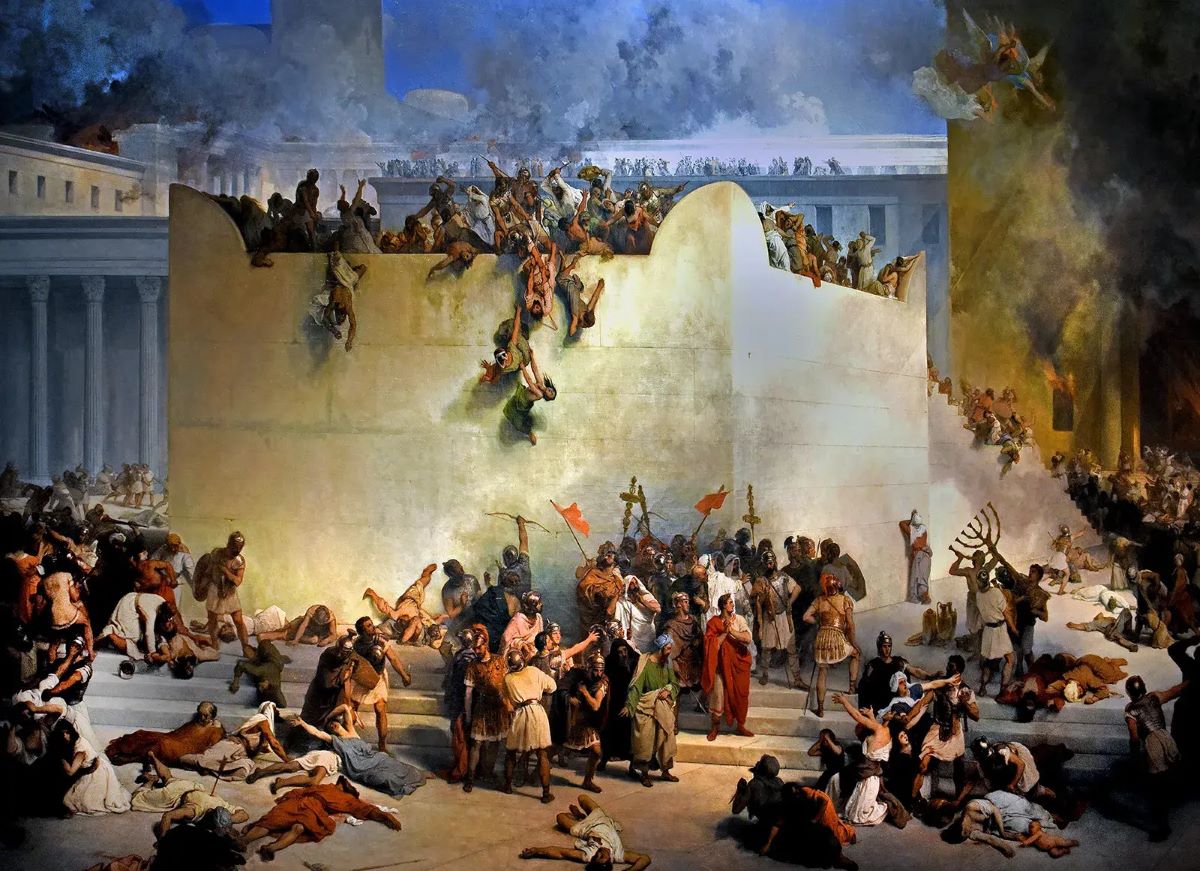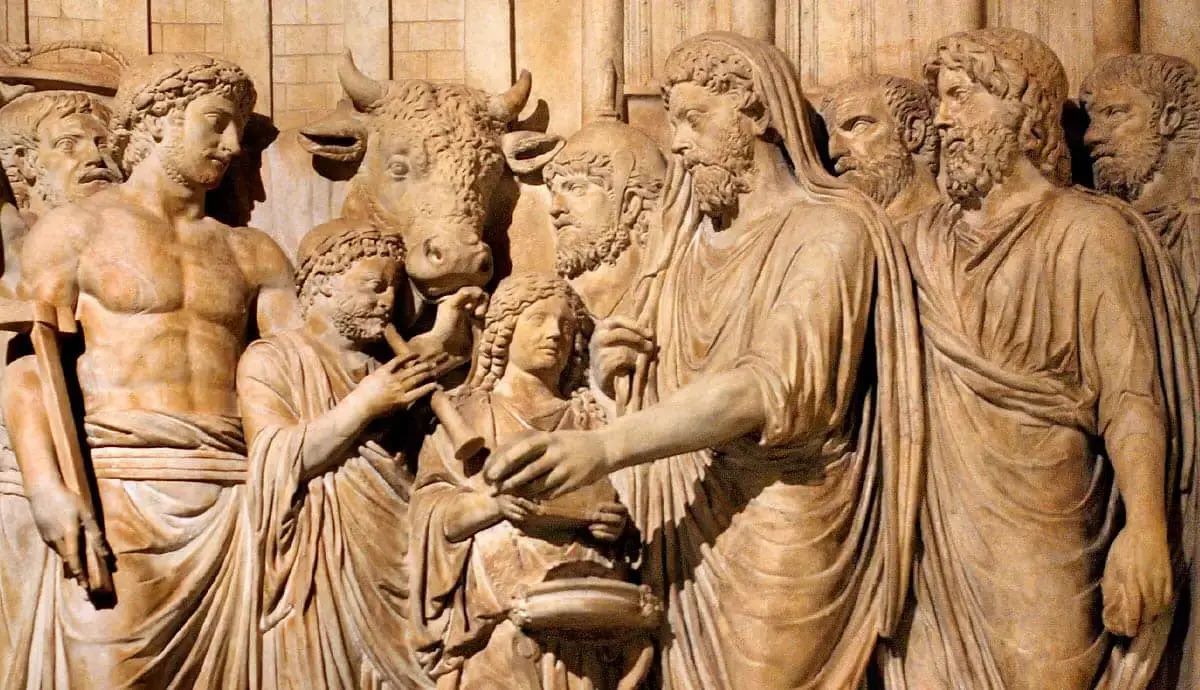
Ever wondered why our calendar looks the way it does? The Gregorian calendar is the system most of the world uses today. Introduced by Pope Gregory XIII in 1582, it replaced the Julian calendar to better align with the solar year. This calendar has 12 months, with February being the oddball, sometimes having 28 days, sometimes 29. Leap years? They keep our calendar in sync with Earth's orbit around the Sun. The Gregorian calendar also plays a crucial role in determining holidays like Easter. Want to know more? Let's dive into 12 intriguing facts about this timekeeping marvel!
What is the Gregorian Calendar?
The Gregorian calendar is the calendar system most of the world uses today. Introduced by Pope Gregory XIII in 1582, it replaced the Julian calendar. This system aimed to correct inaccuracies in the Julian calendar and better align with the solar year.
-
Named After Pope Gregory XIII: The Gregorian calendar gets its name from Pope Gregory XIII, who introduced it in October 1582. He wanted to correct the drift in the Julian calendar, which caused the date of Easter to shift over time.
-
Leap Year Rule: Unlike the Julian calendar, which added a leap day every four years, the Gregorian calendar has a more complex leap year rule. A year is a leap year if it is divisible by 4, but not if it is divisible by 100, unless it is also divisible by 400. This rule helps keep the calendar year more closely aligned with the solar year.
Why Was the Gregorian Calendar Introduced?
The Julian calendar, used before the Gregorian calendar, had several inaccuracies. Over centuries, these inaccuracies caused significant drift in the calendar dates.
-
Correcting the Drift: The Julian calendar miscalculated the length of the solar year by 11 minutes. Over centuries, this small error accumulated, causing the calendar dates to drift by about 10 days by the 16th century.
-
Easter Alignment: One of the main reasons for the introduction of the Gregorian calendar was to ensure that Easter would be celebrated around the same time each year. The drift in the Julian calendar caused Easter to move further away from the spring equinox.
How Was the Gregorian Calendar Adopted?
Adopting the Gregorian calendar was not an overnight process. Different countries switched at different times, leading to a period of confusion and adjustment.
-
Initial Adoption: The Gregorian calendar was first adopted by Catholic countries such as Italy, Spain, and Portugal in 1582. Protestant and Orthodox countries were slower to adopt the new calendar.
-
Gradual Acceptance: Over the next few centuries, more countries gradually adopted the Gregorian calendar. For example, Great Britain and its colonies switched in 1752, while Russia adopted it after the Bolshevik Revolution in 1918.
Differences Between Gregorian and Julian Calendars
The Gregorian calendar introduced several changes to improve upon the Julian calendar. These changes helped to better align the calendar with the solar year.
-
Leap Year Adjustment: The Julian calendar added a leap day every four years without exception. The Gregorian calendar's more complex leap year rule reduces the number of leap years, making the calendar year closer to the actual solar year.
-
Shorter Average Year: The average year in the Gregorian calendar is 365.2425 days, compared to 365.25 days in the Julian calendar. This small difference helps to keep the calendar in sync with the Earth's orbit around the sun.
Fun Facts About the Gregorian Calendar
The Gregorian calendar has some interesting quirks and historical tidbits that make it unique.
-
Skipped Days: When the Gregorian calendar was first introduced, 10 days were skipped to correct the drift. For example, in Italy, Spain, and Portugal, the day after October 4, 1582, was October 15, 1582.
-
Century Leap Years: The rule that a year divisible by 100 is not a leap year unless it is also divisible by 400 means that some century years are not leap years. For example, the year 1900 was not a leap year, but the year 2000 was.
-
Adoption Variance: Some countries took centuries to adopt the Gregorian calendar. Greece was one of the last European countries to switch, adopting it in 1923.
-
Calendar Reform: Despite its widespread use, the Gregorian calendar is not perfect. Some proposals for calendar reform aim to create an even more accurate system, but none have gained significant traction.
The Gregorian calendar remains the most widely used calendar system in the world, thanks to its accuracy and practicality.
The Gregorian Calendar's Impact
The Gregorian calendar has shaped how we view time. Introduced by Pope Gregory XIII in 1582, it fixed inaccuracies in the Julian calendar. This change ensured that Easter stayed aligned with the spring equinox. The calendar's leap year system, adding an extra day every four years, keeps our seasons consistent.
Adopted by many countries over centuries, the Gregorian calendar became the global standard. Its influence extends beyond just marking dates. It affects business schedules, cultural events, and historical records. Understanding its origins and mechanics helps us appreciate its role in our daily lives.
From its precise calculations to its widespread adoption, the Gregorian calendar is more than just a way to track days. It's a testament to human ingenuity and our need for order in the passage of time.
Was this page helpful?
Our commitment to delivering trustworthy and engaging content is at the heart of what we do. Each fact on our site is contributed by real users like you, bringing a wealth of diverse insights and information. To ensure the highest standards of accuracy and reliability, our dedicated editors meticulously review each submission. This process guarantees that the facts we share are not only fascinating but also credible. Trust in our commitment to quality and authenticity as you explore and learn with us.


